

On February 14, 2025, at the Imperial Citadel of Thang Long, the ceremony to receive the certification of Bat Trang Ceramics and Van Phuc Silk Village as members of the World Network of Creative Craft Cities took place. These are the first two craft villages in Vietnam to join this network, contributing to promoting the quintessence of the craft and promoting trade for Hanoi in the coming time.
Bat Trang Pottery Village
Bat Trang pottery village, Gia Lam district, Hanoi, is one of the oldest and most famous pottery villages in Vietnam, formed in the 14th-15th century when pottery families from Ninh Binh migrated to Bach Tho ward (now Bat Trang commune) to establish a business. Thanks to the abundant white clay source, Bat Trang quickly developed, initially specializing in the production of household items, then expanding to high-end ceramic lines serving the aristocracy and the royal court.
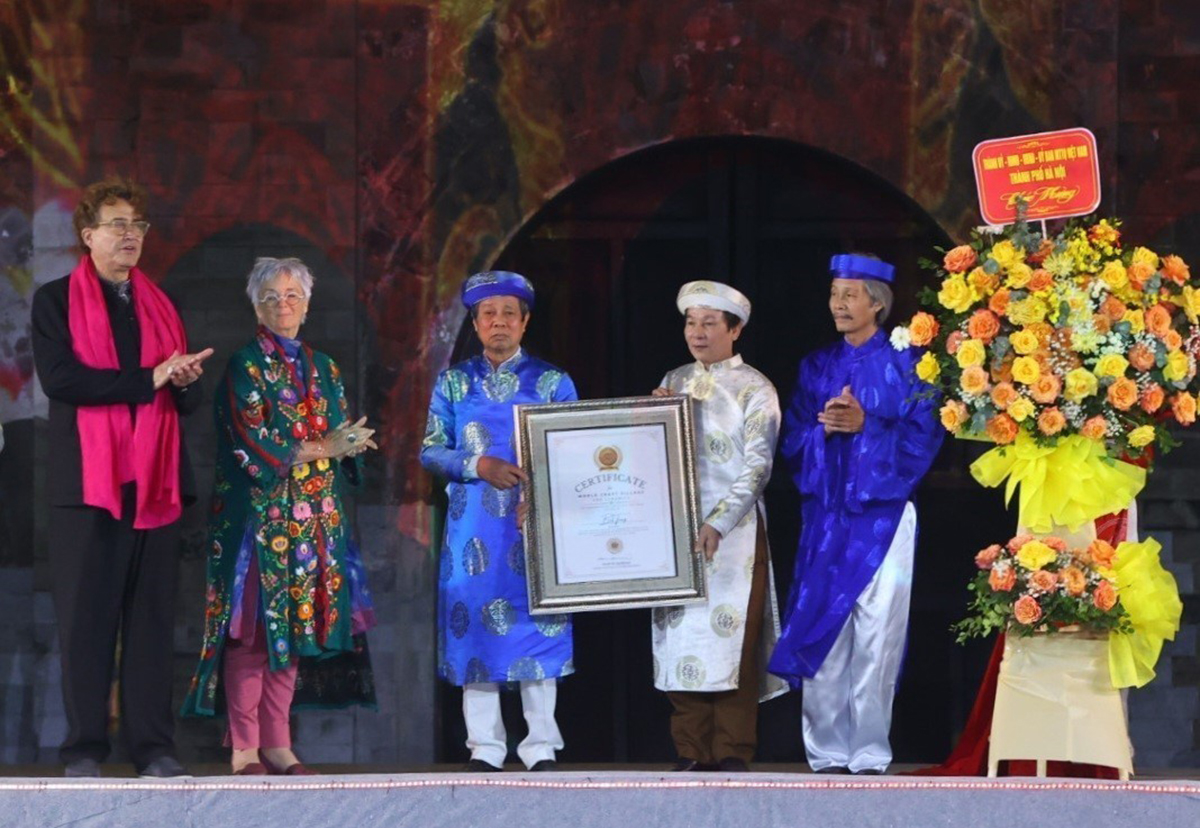 Mr. Saad al-Qaddumi, Chairman of the World Craft Council, awarded Bat Trang Ceramic Village the certificate as a member of the World Network of Creative Craft Cities.
Mr. Saad al-Qaddumi, Chairman of the World Craft Council, awarded Bat Trang Ceramic Village the certificate as a member of the World Network of Creative Craft Cities.
The golden age of Bat Trang ceramics was in the 15th-17th centuries. Not only popular domestically, Bat Trang ceramics were also exported to Japan, China and many Southeast Asian countries. However, from the 18th-19th centuries, political and economic fluctuations caused the export market to shrink, causing the ceramic industry to decline. Since the 1960s, Bat Trang ceramics revived thanks to the cooperative model and developed strongly again when the market economy was transformed.
Nowadays, Bat Trang pottery village not only preserves and promotes traditional techniques but also creates and innovates to meet modern market demands, affirms its position in the Vietnamese ceramic industry, and expands domestic and international markets.
Bat Trang ceramics are unique artistic products, from the meticulous and careful selection of raw materials, typical processing tools, specialized processes and techniques clearly demonstrating the talent and creativity of Bat Trang potters through many generations.
 Bat Trang pottery village is not only a place to preserve traditional cultural values, but also a symbol of creativity and the quintessence of Vietnamese craftsmanship.
Bat Trang pottery village is not only a place to preserve traditional cultural values, but also a symbol of creativity and the quintessence of Vietnamese craftsmanship.
The beauty and sophistication of Bat Trang ceramics are shown in the manual production process on the turntable, the be trach style to create thick ceramic bones, and the technique of printing on wooden molds and pouring into plaster molds. In particular, the technique of firing ceramics at high temperatures helps the product to have high durability, beautiful and sophisticated colors. Along with the delicate combination of traditional glazes such as jade glaze, crackle glaze, blue glaze with meticulous hand-carving and painting techniques, it has contributed to creating the famous brand of Bat Trang ceramic village.
The traditional experience of Bat Trang pottery village is "First bone, second skin, third kiln", meaning that the clay used to make pottery must ensure the solidity of the product, followed by the technique of creating glaze, brown glaze, blue glaze, moss glaze, crackle glaze... Finally, the potter must be very experienced in the kiln firing stage to have Bat Trang ceramic products as desired and without defects.
Through the ups and downs of history, up to now, Bat Trang ceramics still retain the unique beauty and sophistication in each product, bringing Bat Trang ceramics to increasingly integrate and develop in the world market.
With constant efforts in preserving and promoting traditional crafts, in 2019, Bat Trang pottery was recognized as a National Intangible Cultural Heritage.

Van Phuc Silk Village
When talking about beautiful and famous silk weaving villages in Vietnam, it is impossible not to mention the name of Van Phuc silk village, Ha Dong. That is why people still "position" the silk village brand through the proverb: "The La, Linh Buoi, Mot Phung/Van Phuc silk, Mo Bon silk". And it is not by chance that "Ha Dong silk dress" is famous and has entered poetry, music, and cinema like that: "The Saigon sun, you go and suddenly feel cool/Because I wear Ha Dong silk dress" (poem by Nguyen Sa).
Van Phuc village, formerly known as Trang Van Bao, Thuong Thanh Oai commune, Thuong Thanh Oai canton, Nam Son town. At the end of the 19th century, to avoid the taboo name of King Thanh Thai (1889-1906) Bao Lan, the name was changed to Van Phuc.
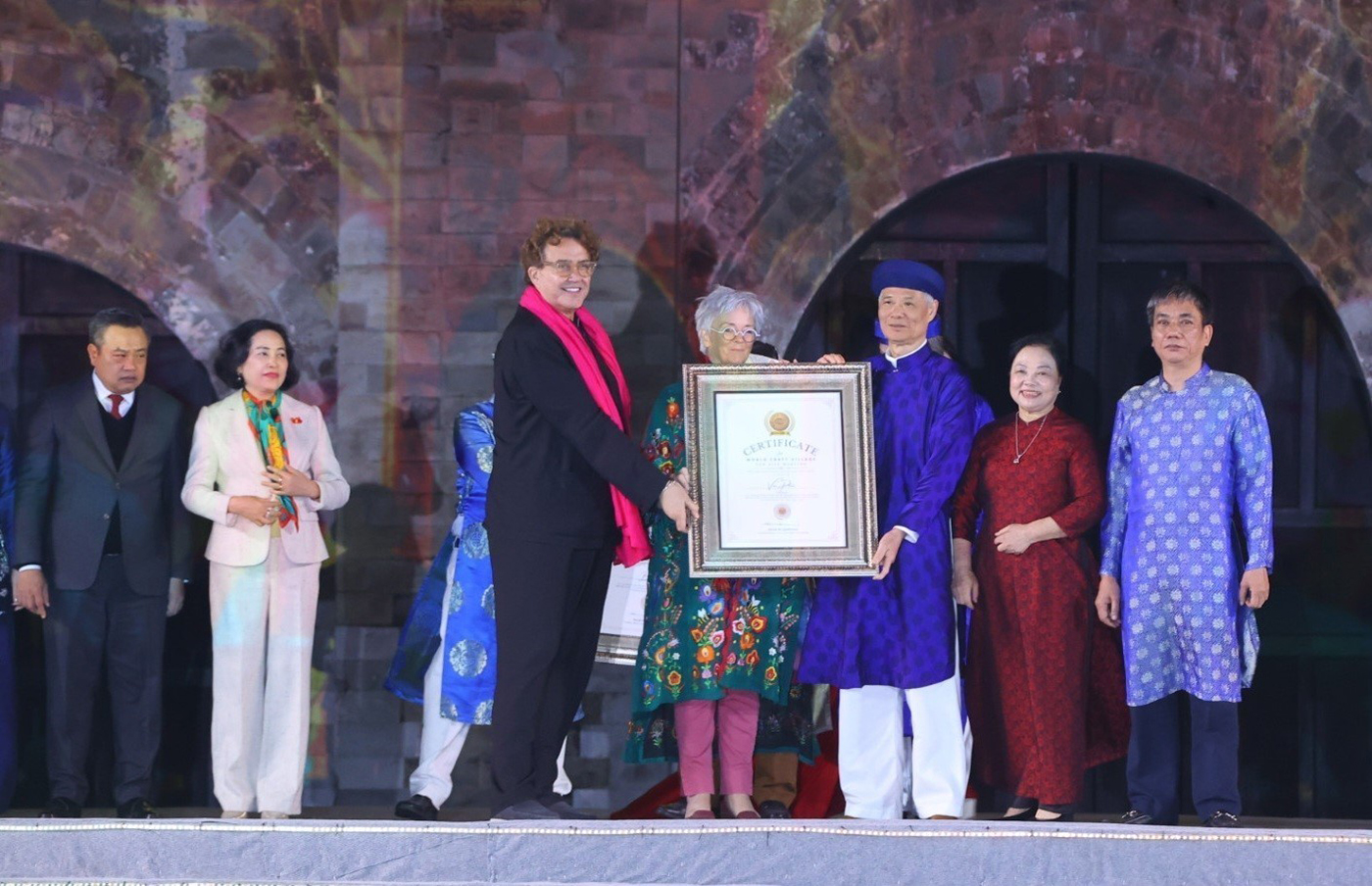 Mr. Saad al-Qaddumi, Chairman of the World Craft Council, awarded the certificate to Van Phuc Silk Weaving Village as a member of the World Network of Creative Craft Cities.
Mr. Saad al-Qaddumi, Chairman of the World Craft Council, awarded the certificate to Van Phuc Silk Weaving Village as a member of the World Network of Creative Craft Cities.
According to legend, the silk weaving profession in Van Phuc dates back more than 1,000 years ago, taught to the villagers by Mrs. La Thi Nuong - a daughter from Cao Bang who was famous for her industriousness and skillful silk weaving skills. Since its inception, Van Phuc silk has become a popular product because of the ingenuity and sophistication of the craftsman's hands and soul crystallized in each meter of fabric. Under the Nguyen Dynasty, Ha Dong silk products were chosen to make national costumes for the royal family. The reputation spread far and wide, in 1931, Van Phuc silk was first promoted and introduced to the international market at the Marseille Fair and was praised by the French as "The most exquisite of Indochina". From 1958 - 1988, Van Phuc silk products were mostly exported to Eastern European countries; from 1990, they were exported to many countries around the world. Through many changes and ups and downs of history, Van Phuc silk weaving has remained strong for the past 10 centuries and has grown, becoming a famous traditional craft of the capital.
Mentioning Van Phuc silk is mentioning the types: silk, brocade, silk, silk, silk, silk, silk, silk, cinnamon, silk, silk, silk thread ...
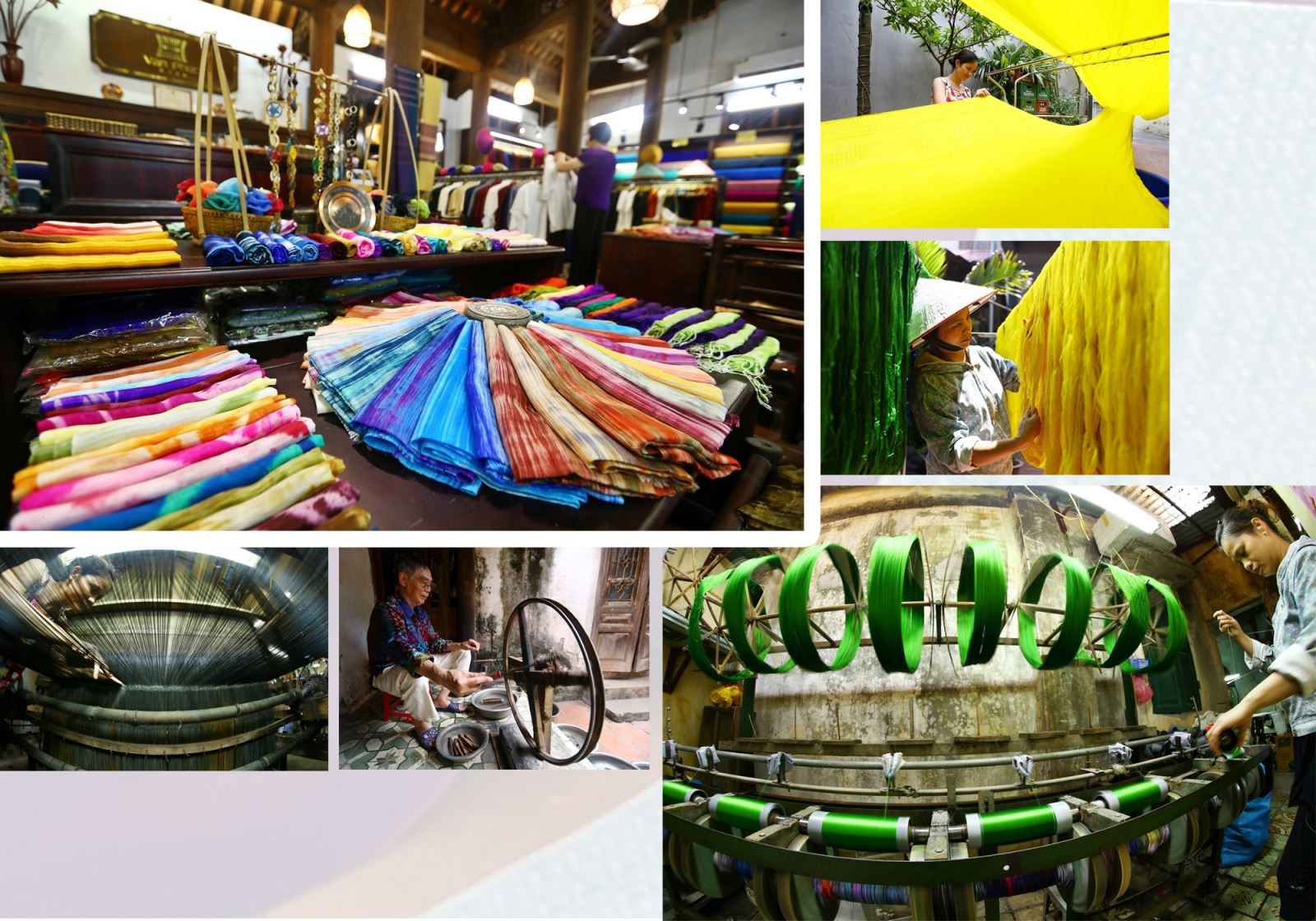 Van Phuc silk always retains its appeal, becoming a symbol of sophistication in Vietnamese clothing culture.
Van Phuc silk always retains its appeal, becoming a symbol of sophistication in Vietnamese clothing culture.
Based on decorative themes from traditional art, Van Phuc silk craftsmen create more to adapt to each weaving material such as Ngu Phuc, Long Van, Tho Dinh, Quan Ngu Vong Nguyet, Hoa Loc... to create beautiful products. Up to now, all Van Phuc silk products are still made in the old traditional style. If there is any change, it is only to improve the equipment so that the products are more beautiful and suitable for the general development of society. Also because of this outstanding feature, Ha Dong silk is always chosen as a gift for relatives and friends when tourists come here.
Through many changes, there were times when it seemed that the traditional silk weaving profession of Van Phuc village could no longer be preserved, but the silk villagers found a new direction to preserve the traditional profession of their ancestors. Currently, Van Phuc Ha Dong silk village has nearly 800 silk weaving households, accounting for nearly 60% of the total number of households living here. Each year, Van Phuc Ha Dong silk village produces about 2.5 - 3 million m2 of fabric, equivalent to 63% of the entire village's revenue.
With a tradition of more than 1,000 years, Van Phuc village has been recognized by the Vietnam Book of Records Center as the "Oldest silk weaving village still operating today". In 2023, Van Phuc silk weaving village was recognized by the Ministry of Culture, Sports and Tourism as a National Intangible Cultural Heritage.


Vietnam has 3 cities recognized by UNESCO as members of the Creative Cities Network, including Hanoi, Hoi An and Da Lat. UNESCO's recognition of these cities in the Creative Cities Network not only shows respect for long-standing cultural values but also recognizes efforts in innovation, creating unique products of international value.
Hanoi: Creative city of design
Thang Long - Hanoi - The capital of a thousand years of culture is a place that preserves traditional values with a rich heritage system, such as: Hoan Kiem Lake, Temple of Literature - Quoc Tu Giam, Thang Long Imperial Citadel... and traditional craft villages, such as: Bat Trang ceramics, Van Phuc silk, Dong Ho paintings... Along with that are the performing arts (cheo, tuong, ca tru), and customs and practices imbued with national identity. These cultural heritages have contributed to building the image of a Hanoi that is both ancient, dynamic and creative.
Located in a strong intersection between indigenous culture and Eastern and Western cultures, inheriting the heritage and continuing the source of the thousand-year-old creative urban area of Thang Long, the capital Hanoi also possesses great potential to develop the cultural and creative industries, especially in the field of design.
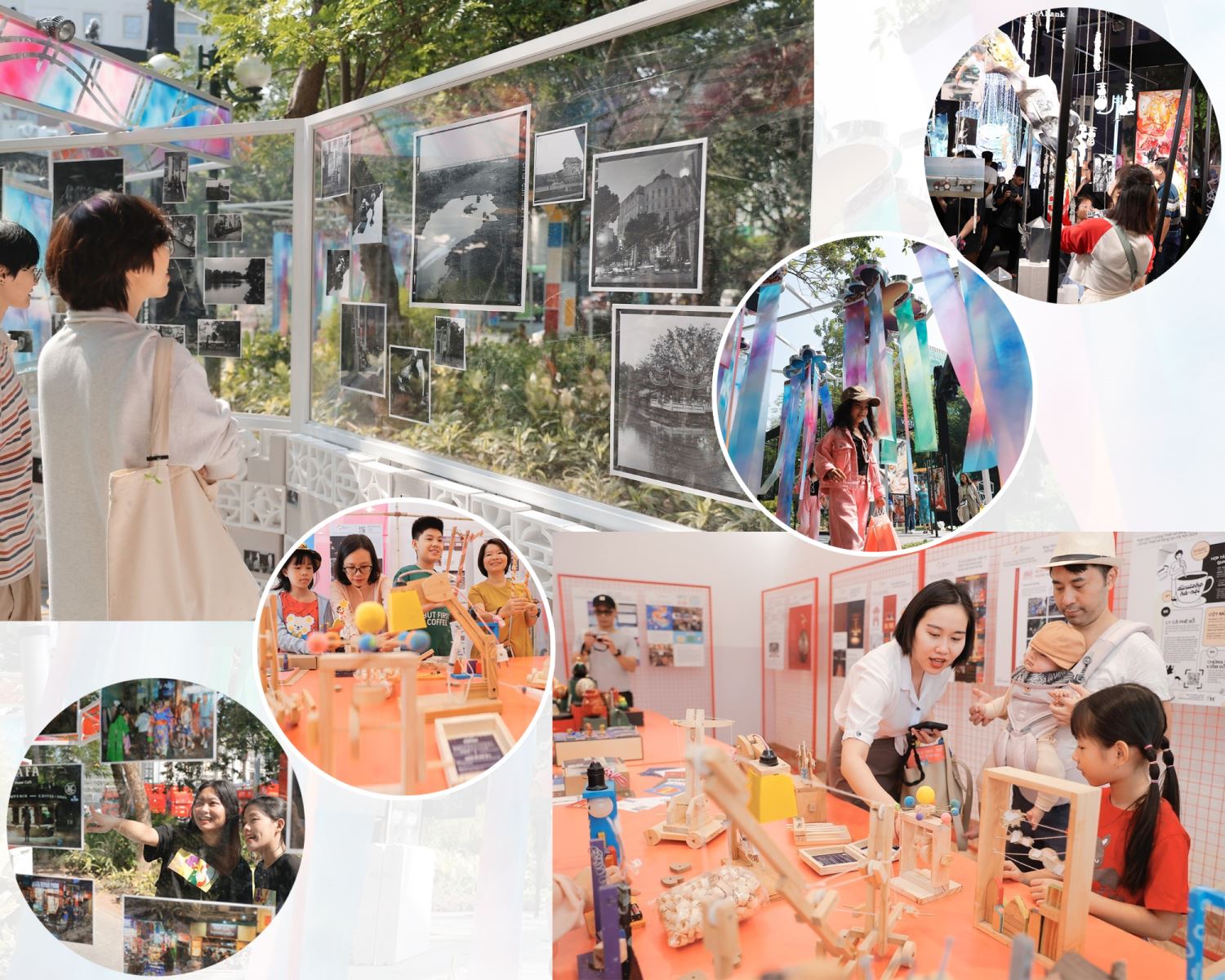 With the theme "Creative Crossroads", Hanoi Creative Design Festival 2024 attracts a large number of people and tourists.
With the theme "Creative Crossroads", Hanoi Creative Design Festival 2024 attracts a large number of people and tourists.
In 2019, Hanoi became the 246th city to join the UNESCO Creative Cities Network and was recognized in the field of design, one of the key elements of the capital's urban and cultural development strategy.
Over the years, Hanoi has made efforts to implement initiatives and solutions to promote creative potential as a development resource, effectively implementing the city's commitments to UNESCO.
Hanoi has become a diverse cultural center with many outstanding art events such as Creative Design Weeks held annually with the flourishing of public spaces and street art. In addition, the explosion of creative spaces is a highlight, demonstrating the creative potential that has crept into the lives of the people of the Capital.
Hoi An: Creative city of handicrafts
In 2023, along with Da Lat, Hoi An was recognized as a member of the Creative Cities Network in the field of handicrafts.
Crafts and folk arts are outstanding strengths and are areas that Hoi An has preserved and promoted effectively in recent times. The city currently has 5 traditional craft villages with nearly 50 active craft industries, such as: carpentry, pottery, lantern making, bamboo and coconut making, garment making, leather making... Some of these craft villages have been recognized as National Intangible Heritage.
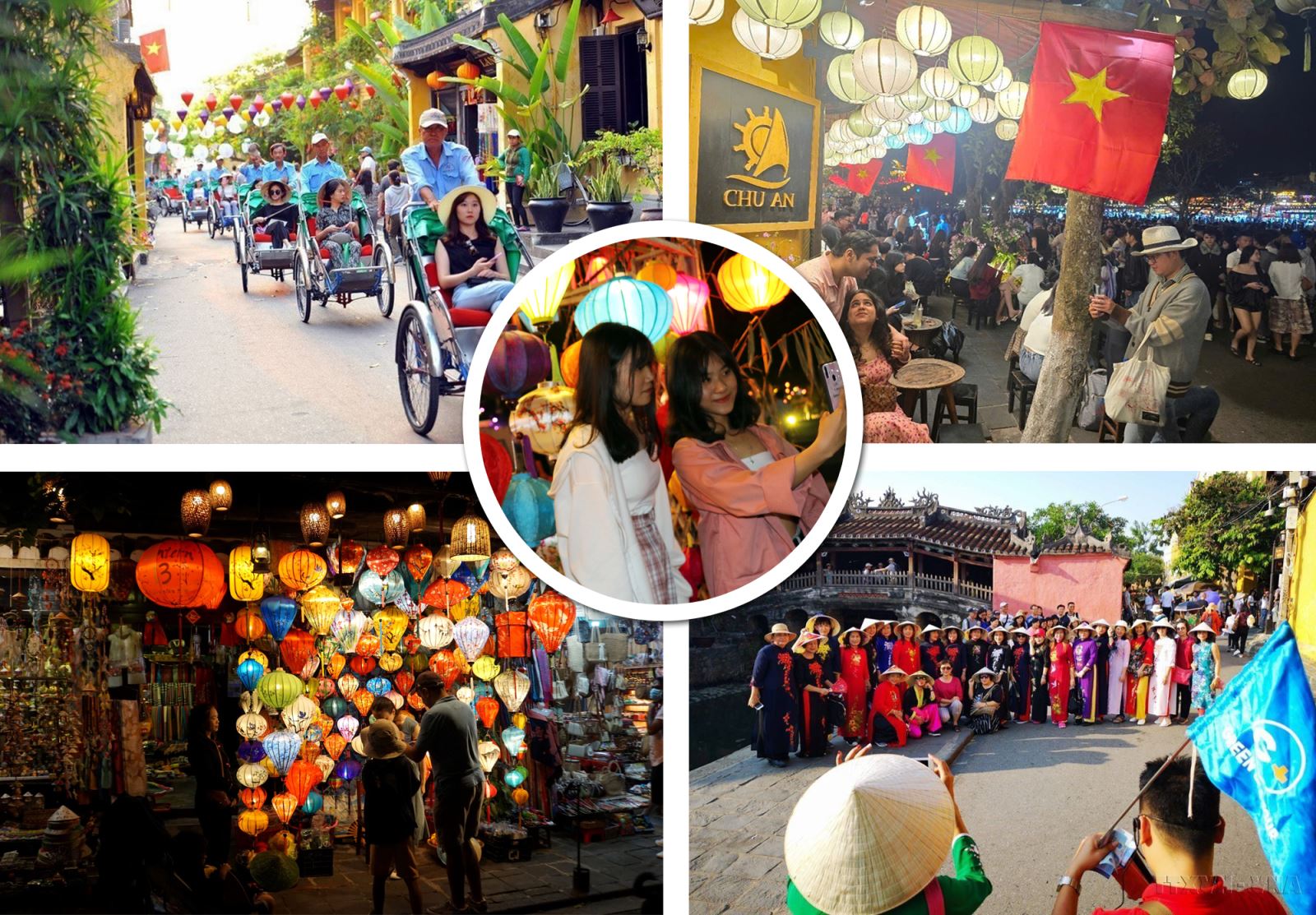 Hoi An currently has 5 traditional craft villages with nearly 50 handicrafts, including lantern making.
Hoi An currently has 5 traditional craft villages with nearly 50 handicrafts, including lantern making.
Producing and trading handicraft products is the livelihood; performing folk art is the spiritual life of Hoi An people. The two are intertwined, existing side by side for hundreds of years. It is both a heritage left by our ancestors and an asset inherited by contemporary generations and spread to the outside world. This persistent creation, practice and transmission have made the handicrafts, traditional craft villages and folk art in Hoi An a "living heritage", a valuable asset of the community, which UNESCO has recognized and honored when admitting Hoi An to the Global Creative Cities Network.
Hoi An is also a land of strong attraction and inspiration for domestic and foreign experts, creators, and artists to live and create with a variety of creative forms and fields as well as depth and creative content; making this beloved city one of the most attractive creative spaces in the country.
Da Lat: Creative city in the field of music
Dalat is a famous resort city with rare peaceful and romantic features in Vietnam, attracting many talented artists to come here to create art (photography, music, poetry, painting...).
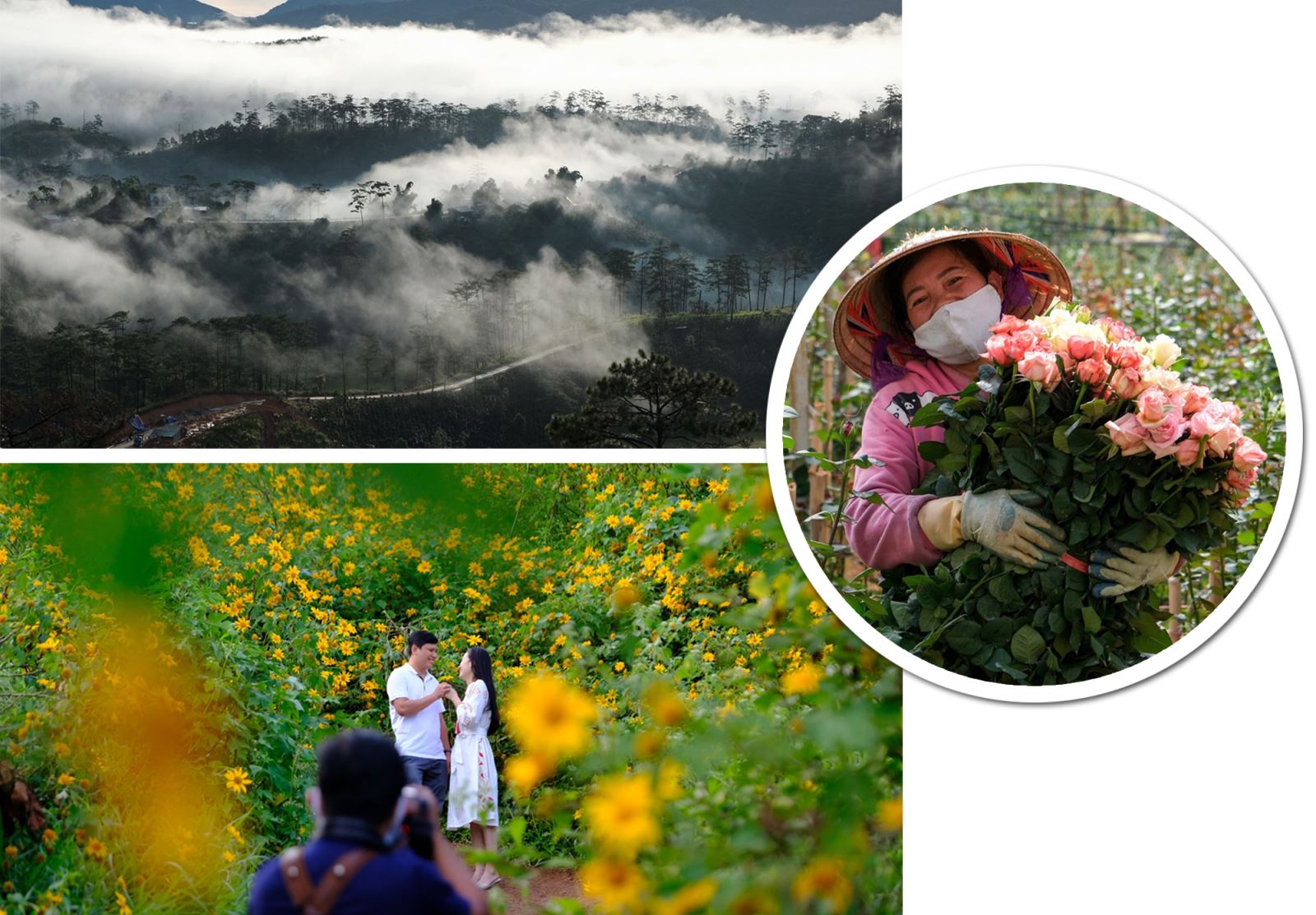 Dalat is a famous resort city with peaceful and romantic features rarely found in Vietnam.
Dalat is a famous resort city with peaceful and romantic features rarely found in Vietnam.
Up to now, there have been more than 300 songs about Da Lat, including songs that have touched people's hearts, such as: "The call of eternity" (Trinh Cong Son), "Who goes to the land of peach blossoms" (Hoang Nguyen); "Sad city" (Lam Phuong); "Passionate highland" (Krazan Dick); "Mimosa" (Tran Kiet Tuong); "Langbiang flowers" (Dinh Nghi); "Smoky city" (Viet Anh)...
Many theaters, music halls, galleries and art stages have been built to attract tourists to enjoy and feel the beauty of Da Lat. Every year, the city also has events and music projects held here to serve both locals and tourists.
In particular, in recent years, the city has formed many creative communities, art spaces, and attractive performance spaces, gathering many artists working in various art fields, contributing to bringing contemporary art closer to the public, creating conditions for the community to directly participate in the creative process.
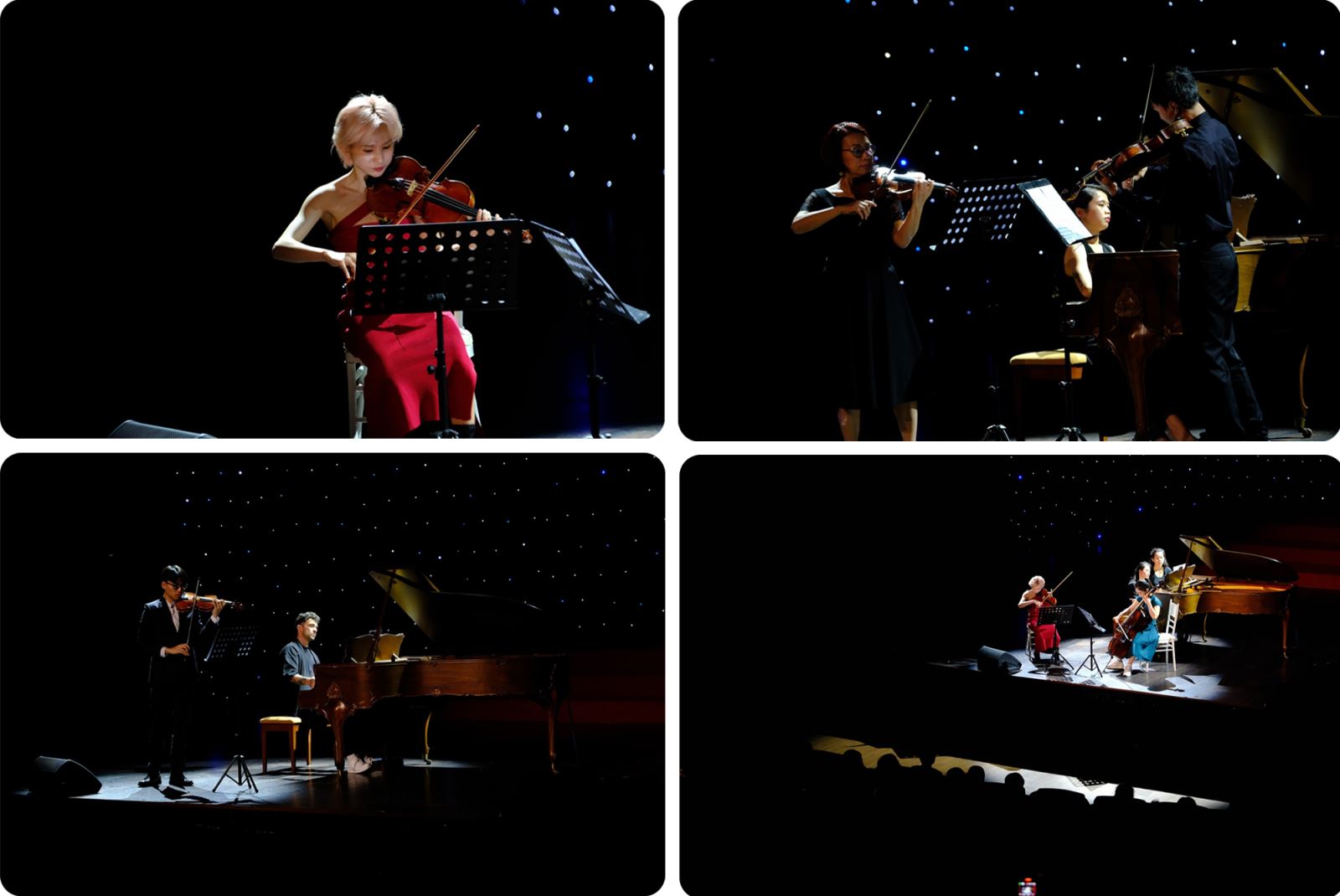 Vietnam Classical Music Festival held in Da Lat - UNESCO's creative music city, gathering over 100 artists, March 2024.
Vietnam Classical Music Festival held in Da Lat - UNESCO's creative music city, gathering over 100 artists, March 2024.
Immediately after joining the UNESCO Global Creative Cities Network in the field of music, Da Lat has made efforts to fulfill its commitments for the period from 2024 - 2027, clearly defining annual implementation activities.
The city has coordinated with businesses to organize many musical activities such as the thematic workshop: "Musical picture in the new context - Da Lat as a UNESCO city of music"; coordinated to organize classical concerts; organized the Vietnam Classical Music Festival...
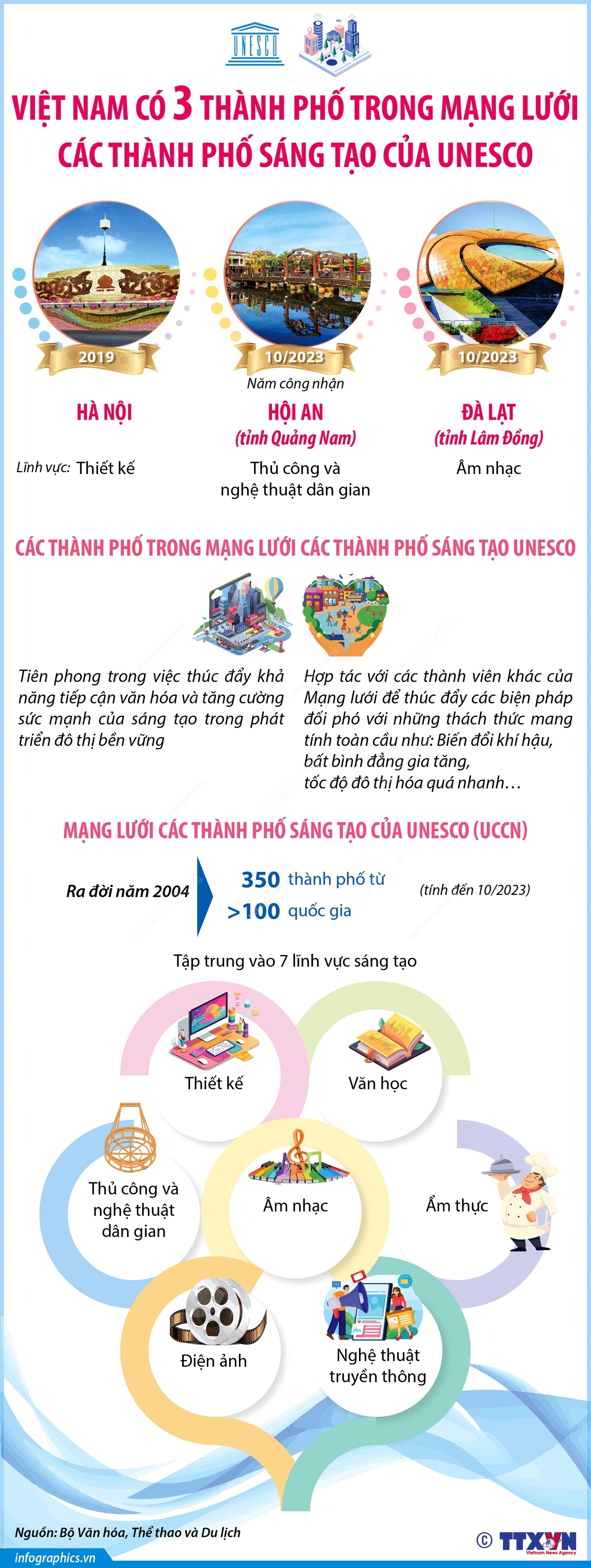

The title of “Global Learning Cities Network” was first awarded in 2015, honored every 2 years. To date, Vietnam has 5 cities recognized as members of the “Global Learning Cities Network”: Ho Chi Minh City, Son La, Vinh, Cao Lanh and Sa Dec (from 2020 - 2024).
Ho Chi Minh City (2024)
Ho Chi Minh City is the economic and cultural center of the country and the region; it has a lot of potential for ideas and creativity in all fields, including education.
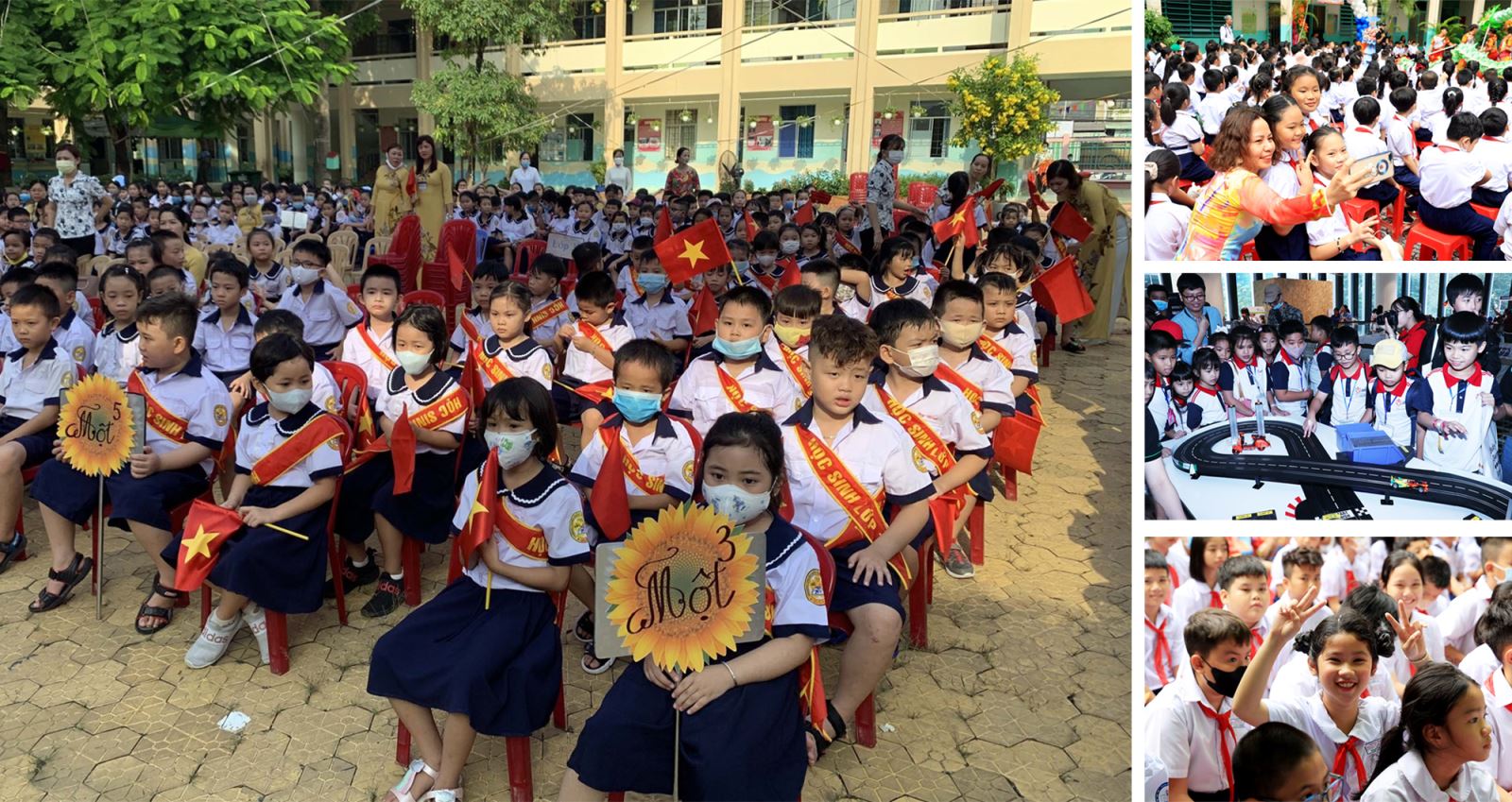 Ho Chi Minh City is one of the first units in the country to implement the Happy School criteria set at 100% of educational institutions in the area.
Ho Chi Minh City is one of the first units in the country to implement the Happy School criteria set at 100% of educational institutions in the area.
Ho Chi Minh City is one of the first units in the country to implement the Happy School criteria set at 100% of educational institutions in the area. The criteria set with 18 criteria is divided into 3 groups of standards: on people, on teaching and educational activities, on the environment; based on the principle of human happiness experience: connecting with oneself - connecting with others - connecting with the natural world.
Ho Chi Minh City has built a learning environment throughout society. The learning movement is developing vigorously in families, clans, communities and units... The city is determined to build a learning society, encourage and create fair and favorable conditions for all people to learn for life. Build human resources to meet the requirements of economic - cultural - social development and international integration, aiming to reach the advanced level of the Asian region by 2030, the advanced level of the world by 2045, becoming a high-quality education and training center of the country and Southeast Asia.
Son La City, Son La Province (2024)
As the political, economic, cultural and social center of Son La province, Son La city is dynamic, rich in cultural identity and always gives top priority to education and training development.
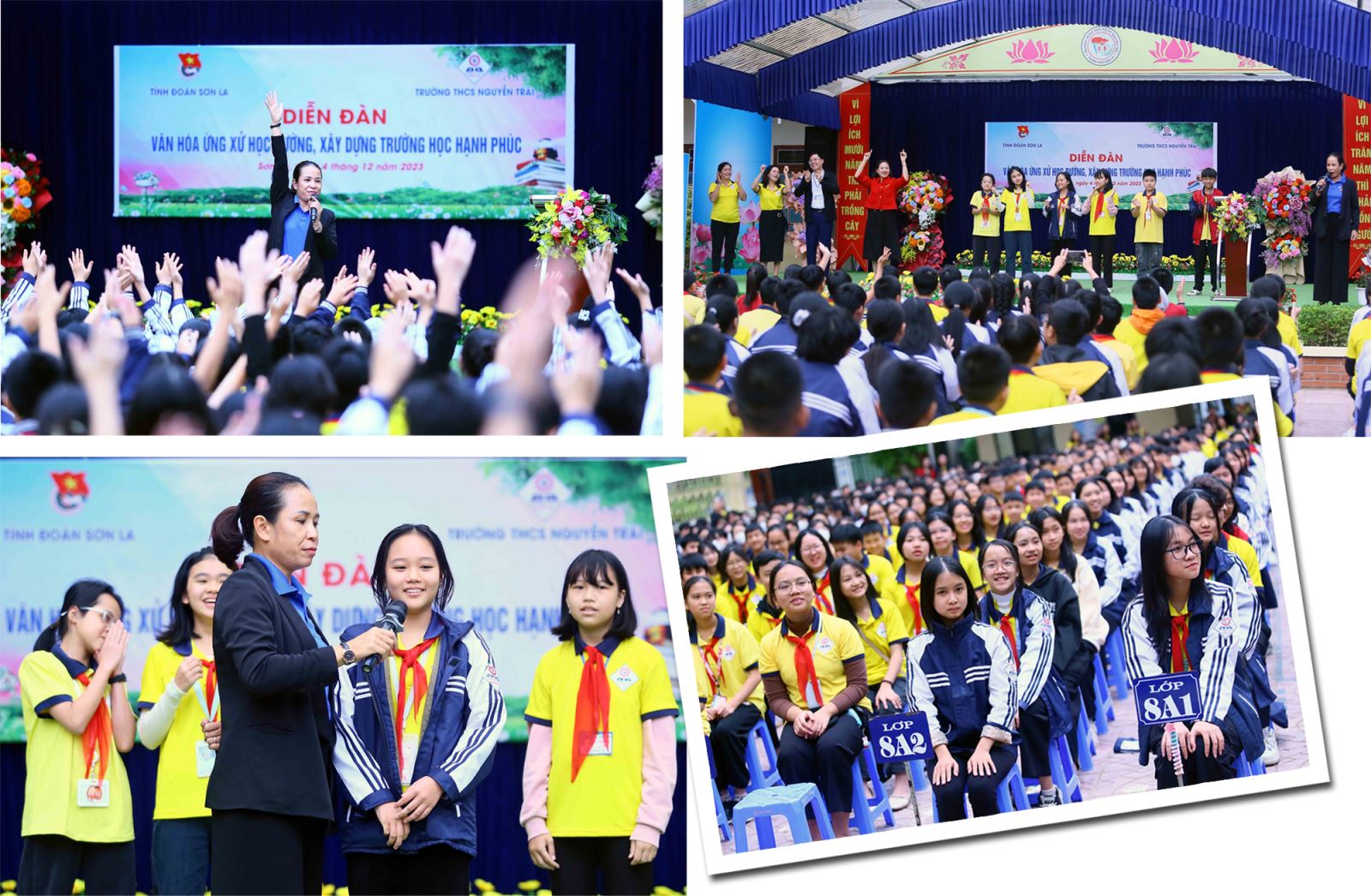
Forum "School behavior culture, building happy schools" in Son La, December 2023.
Son La City has focused on improving the quality of universal preschool, primary and secondary education for 100% of children of the right age. Eliminating illiteracy at level 1 for 99% of people aged 35 to 60; level 2 for 100% of people aged 15 to 34.
Along with that, 100% of educational units transfer management, teaching and learning activities to the digital environment, apply information technology in management, organize teaching and learning activities and improve the quality of education.
Sa Dec City (2020) and Cao Lanh City (2022), Dong Thap Province
Dong Thap is the only province in Vietnam with two cities recognized by UNESCO as members of the "Global Network of Learning Cities", namely Sa Dec city and Cao Lanh city.
Dong Thap province always pays attention to developing education, encouraging learning and talent, and creating learning opportunities for all people. In the 5 strategic breakthroughs of Dong Thap's development in the period of 2020 - 2025, education and training ranks second: "Continue to improve the quality of human resources to meet development requirements in the context of approaching the Fourth Industrial Revolution and international integration.
 Ms. Miki Nozawa, Head of Education Department of UNESCO Office in Hanoi, presented the Certificate of Cao Lanh city as a member of the Global Network of Learning Cities to the representative of Cao Lanh city's leadership.
Ms. Miki Nozawa, Head of Education Department of UNESCO Office in Hanoi, presented the Certificate of Cao Lanh city as a member of the Global Network of Learning Cities to the representative of Cao Lanh city's leadership.
The Department of Education and Training coordinates with Dong Thap Provincial Radio and Television Station to open the column "Dong Thap Education and Training" broadcast twice a month on Friday evenings; coordinates with Dong Thap Newspaper to produce the special page "Dong Thap Education", twice a month.
Up to now, 143/143 commune-level units have met the standard of universal primary education level 3; 12/12 district-level units have met the standard of level 3; 84/143 commune-level units have met the standard of universal lower secondary education level 2 and 59/143 units have met the standard of level 3, and 3/12 district-level units have met the standard of level 2.
The work of promoting learning, promoting talents, and building a learning society has been widely implemented at the grassroots level. Many models have been implemented over the years, such as: Civil defense groups - promoting learning, studious families/learning families, studious clans/learning clans, learning units and learning communities at the commune level, which have been consolidated, maintained and improved in quality. The movement of raising piggy banks to promote learning, the movement of building "Learning corners" in families, and bookcases to promote learning... have been maintained with attention.
Vinh City, Nghe An Province (2020)
On September 21, 2020, UNESCO awarded a certificate recognizing Vinh city as a member of the "Global Network of Learning Cities" along with 55 cities from 27 countries around the world.
 After becoming a member of UNESCO's Global Network of Learning Cities, Vinh city has made strong progress in building a learning city.
After becoming a member of UNESCO's Global Network of Learning Cities, Vinh city has made strong progress in building a learning city.
After becoming a member of the UNESCO Global Learning Cities Network, Vinh City has made strong progress in building a learning city. Vinh City has developed a program to promote lifelong learning activities in libraries, museums and community cultural centers until 2030. Organize annual reading festivals in schools, cultural houses, and hamlets to raise awareness of the importance of lifelong learning, invest in facilities and organize activities to attract people to participate, especially young people, the elderly and disadvantaged groups to help them form reading habits and skills to access and process information; Deploy and promote the construction of community libraries in cultural houses, hamlets and residential areas to help people have space to read books anytime, anywhere.
The city also coordinates with community learning centers, vocational schools, career guidance centers and continuing education centers. In the city, there are 25 community learning centers, 2 continuing education centers and many universities, colleges, intermediate schools, and vocational schools. Organizing courses and training programs to meet the diverse learning needs of the people such as: Organizing vocational training classes, cooking classes, animal husbandry, farming... to every block, neighborhood, and residential area, thereby promoting the lifelong learning movement in the community.
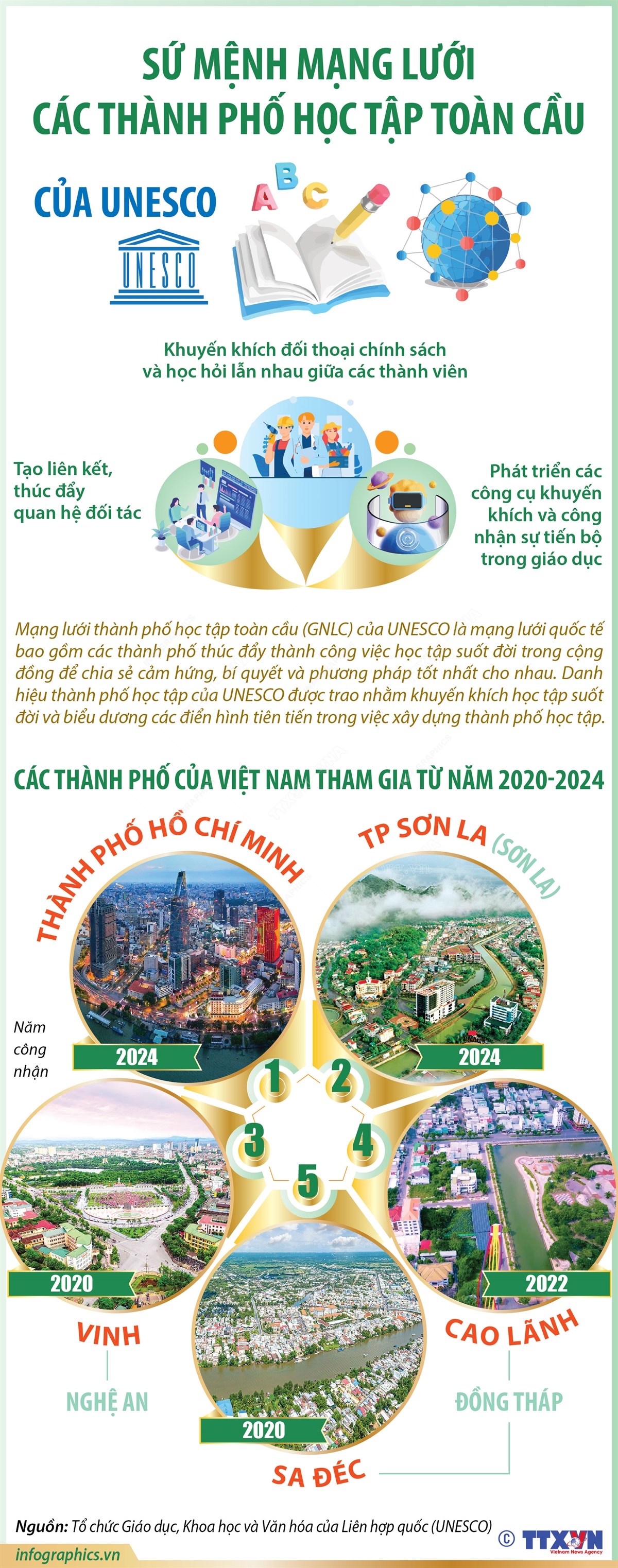
Song: Dung Duyen - Minh Hieu - Diep Ninh
Photo, graphics: T TXVN
Editor: Hoang Linh
Presented by: Nguyen Ha








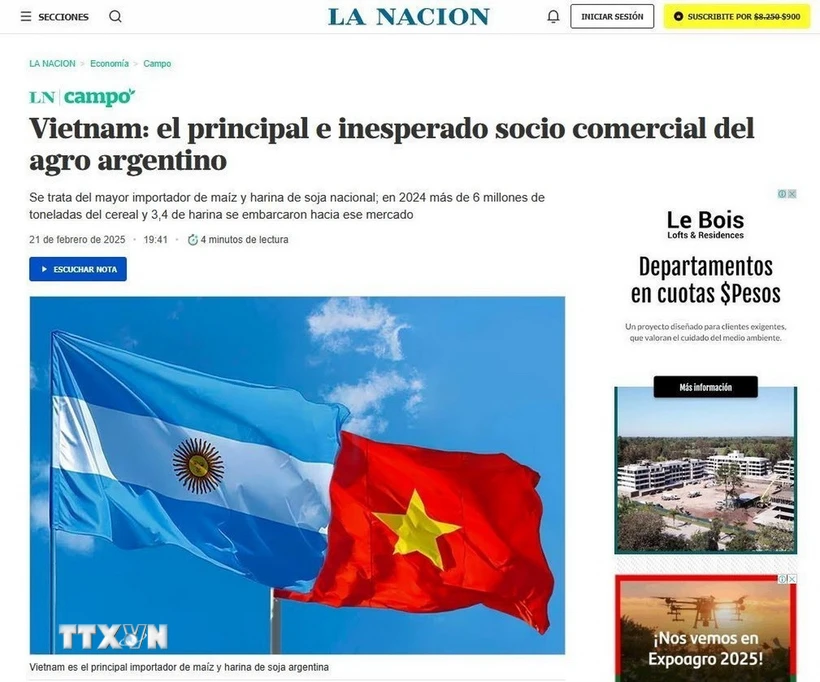

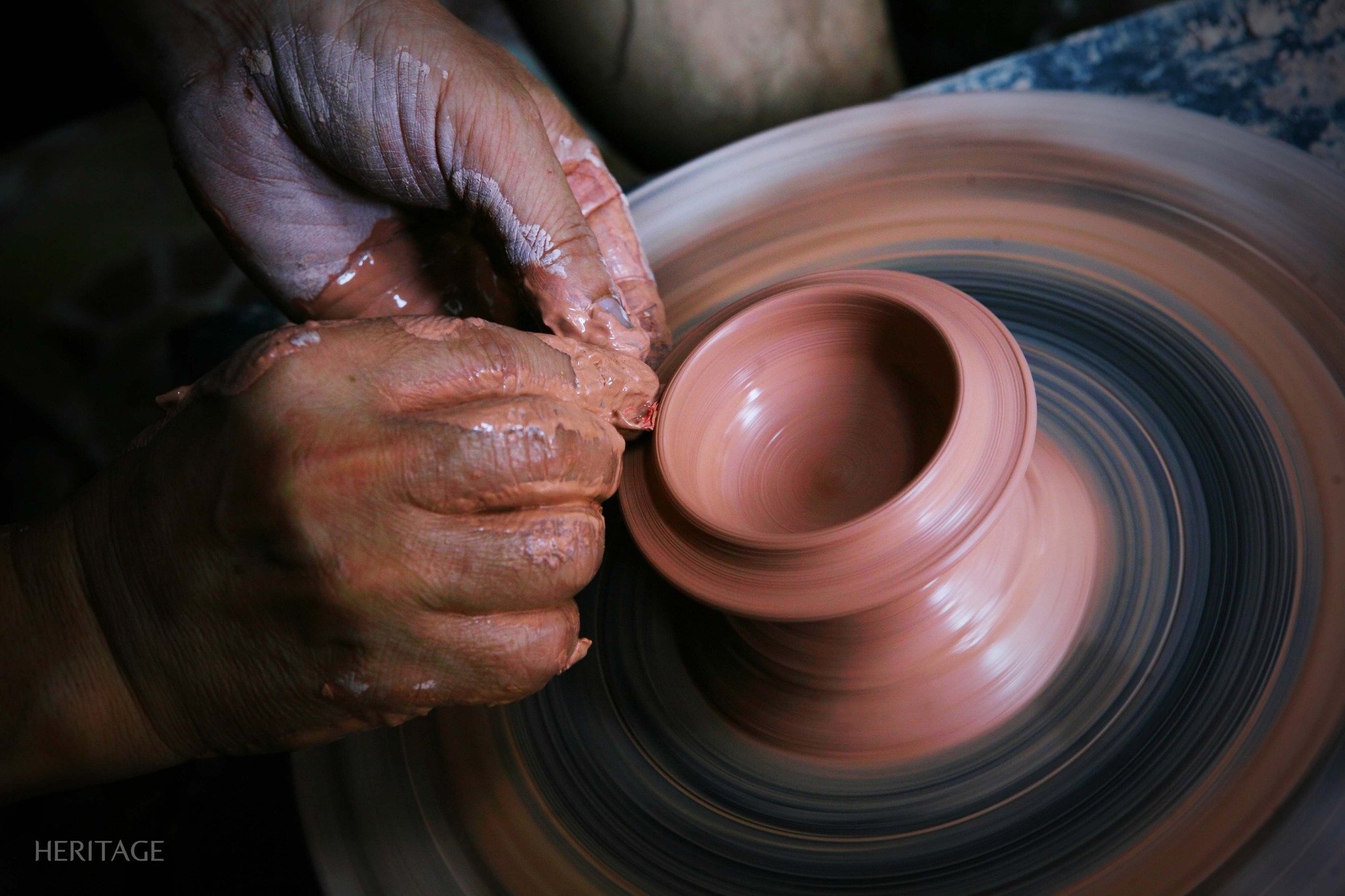

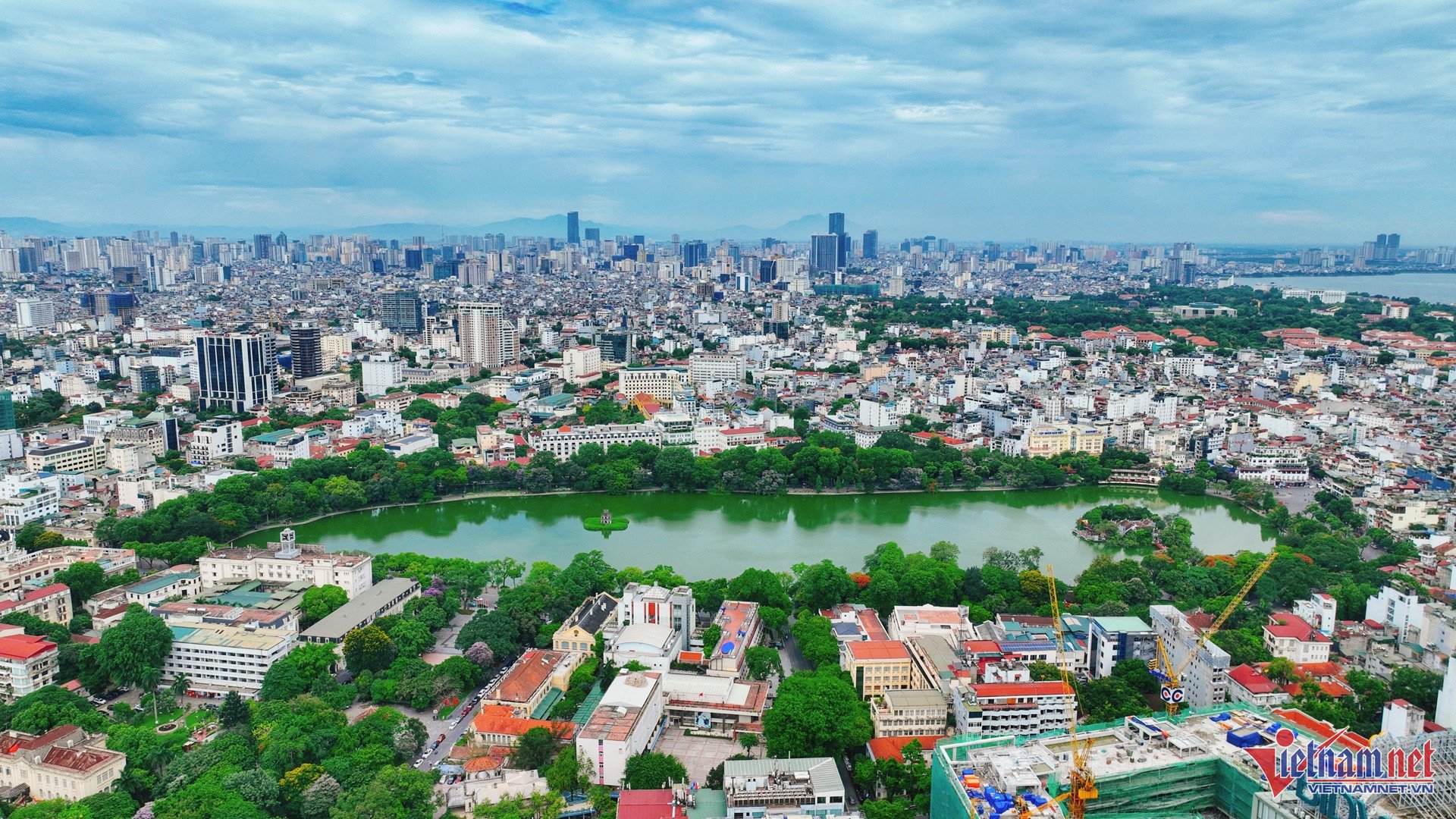





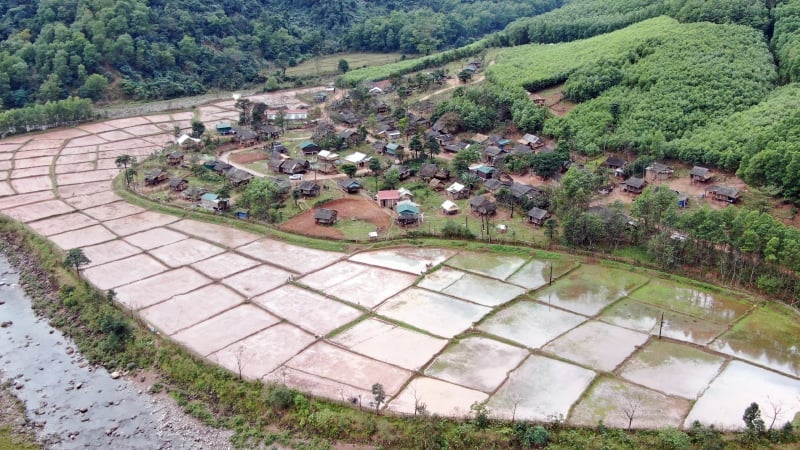



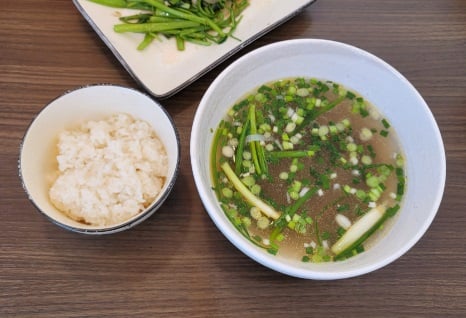


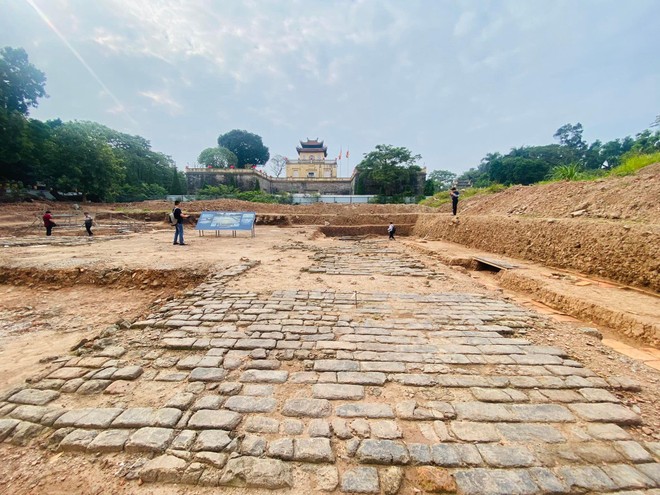
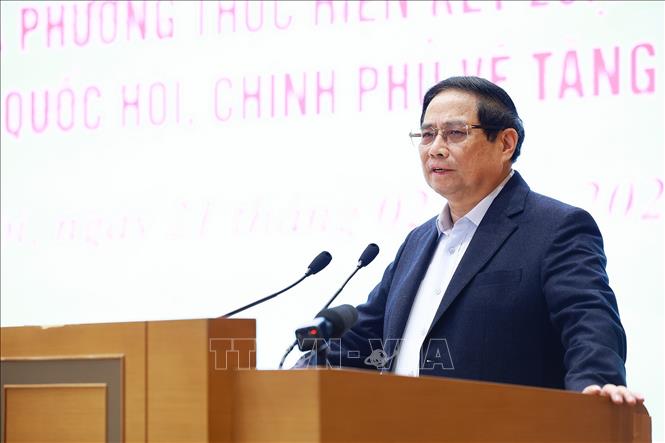

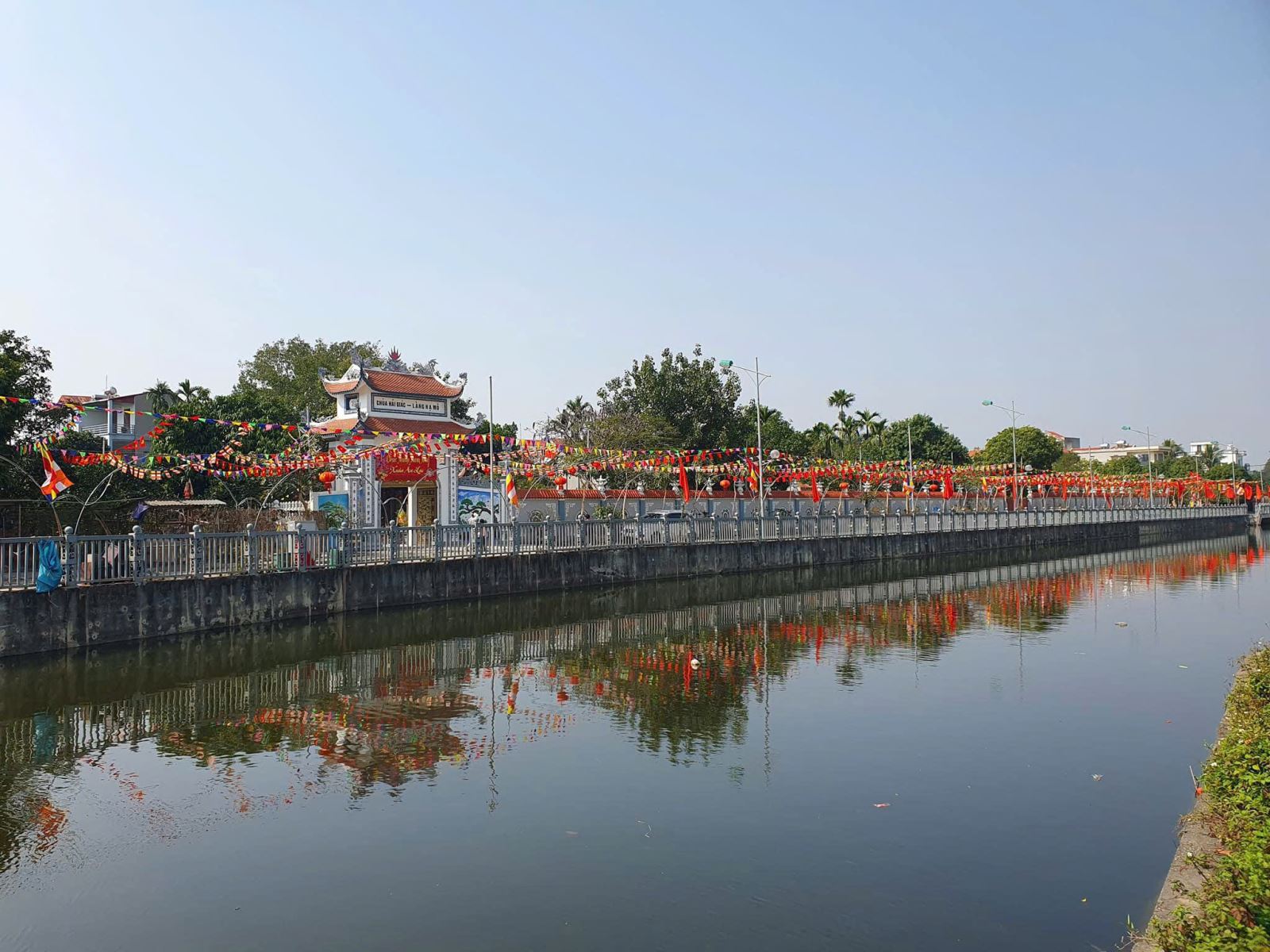









Comment (0)